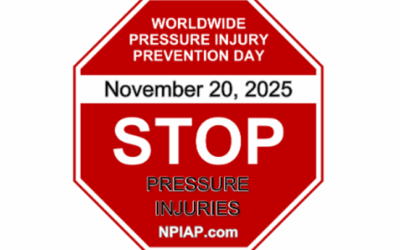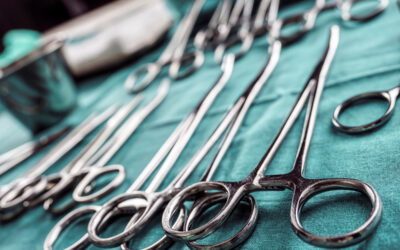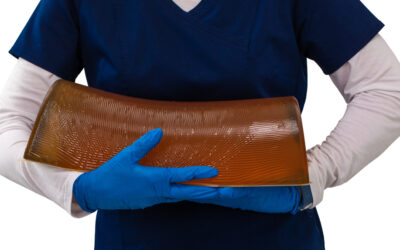HOME /
National Patient Safety Goals, Universal Protocol: Guideline for Perioperative Team Communication
Each year the Joint Commission, with input from practitioners, provider organizations, purchasers, consumer groups, and other stakeholders, determines high priority patient safety issues and creates National Patient Safety Goals (NPSG). NPSG were established in 2002...
November 20 is Pressure Injury Prevention Day!
The annual Worldwide Pressure Injury Prevention Day is November 20, 2025. Don’t forget that perioperative pressure Injury prevention strategies decrease hospital acquired pressure injuries (HAPIs) in non-reimbursable CMS “never event” category. Awareness around...
Preventing Pressure Injuries Is Essential in Home Healthcare
For individuals with physical disabilities receiving care at home, preventing pressure injuries (also known as pressure ulcers or bedsores) is not just important, it’s critical to maintaining health, comfort, and independence. As Susan Lipton Garber noted in the...
Tips to Reduce Surgical Site Infections
Surgical site infections (SSI) are multifaceted, meaning that there are many intrinsic and extrinsic factors that contribute to them. Unfortunately, it is difficult to track down the source of infection because of all the factors in play. Is it the traffic in the OR...
Choosing the right-size Chest Roll
Chest Rolls for Prone Position: Assess Your Surgical Patient’s Needs Protecting your patient in the prone position requires assessing the patient’s needs for that surgery. In this blog we will talk about the correct positioning and different uses for the chest roll...
Pressure Injuries Can Affect Patients for a Lifetime
Hospital acquired pressure injuries (HAPI) can cause severe pain and even death to the patient. When HAPIs are discussed among healthcare managers, cost comes first to mind. However, there are other concerns healthcare workers should consider. First and foremost is...
Enhancing Patient Safety with Viscoelastic Gel Overlays in Surgical Positioning
Surgical nurses play a critical role in protecting patients from positioning-related pressure injuries during surgical procedures. One of the most effective tools to support this mission is the viscoelastic gel overlay, a material designed to reduce pressure, enhance...
Take the Time for a “Time Out”
The “Time Out” The “time out” is one part of the Universal Protocol developed by the Joint Commission to prevent wrong-site, wrong-procedure, and wrong-person surgery. Each are considered never events by the National Quality Forum and sentinel events by the Joint...
Pressure Injuries in Ambulatory Surgical Centers
An ambulatory surgical center (ASC) is a healthcare facility that focuses on providing same-day surgical care that includes diagnostic and preventative surgery. When looking at the ASC, it has transformed the outpatient surgical experience for millions of Americans by...
Gel Overlays: A Head-to-Toe Tool in the Prevention of Perioperative Pressure Injuries
Amos Schonrock, MAN, RN, ST, PHN, CSSM, CNAMB, CNOR, NE-BCPerioperative Practice and Safety SpecialistAs perioperative professionals, the operating room team has a constant dedication and calling to the creation and maintenance of an environment that keeps our patient...















